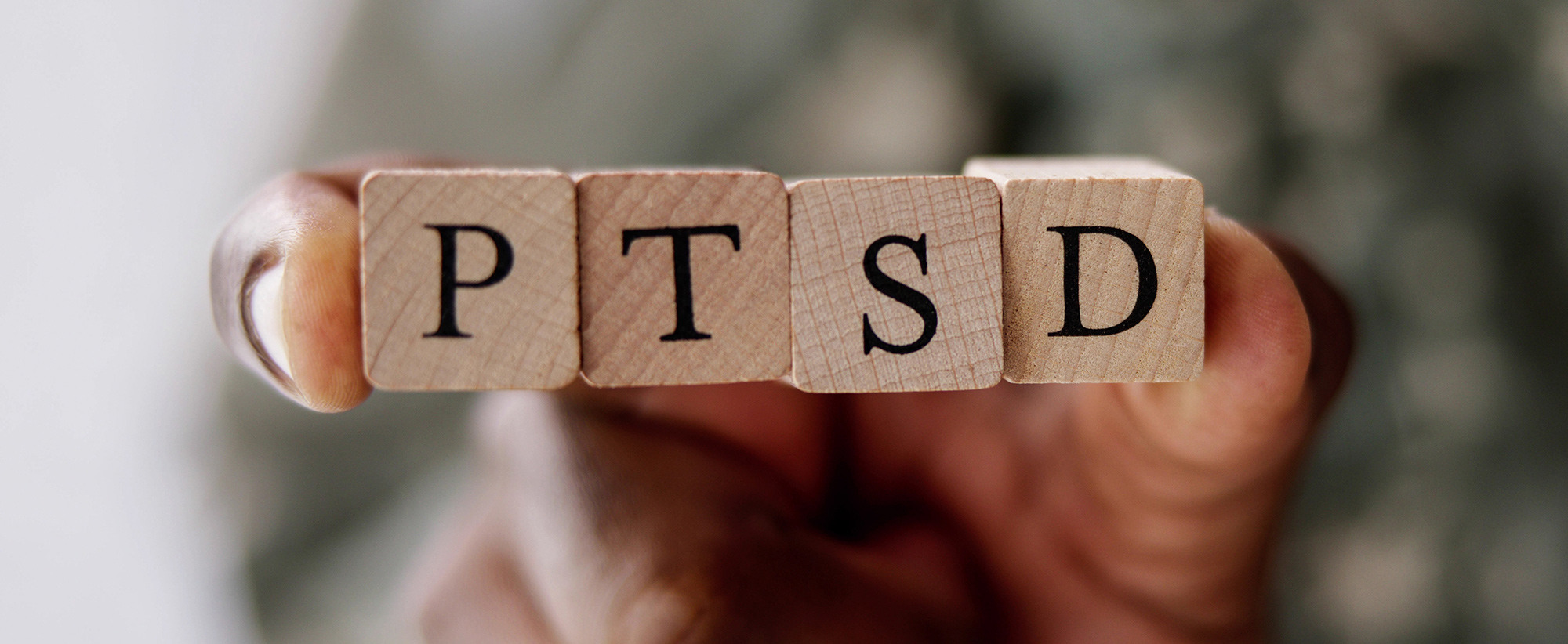When considering how to treat PTSD, several effective options are available, including cognitive behavioural therapy (CBT), cognitive processing therapy, selective serotonin reuptake inhibitors (SSRIs) and Transcranial Magnetic Stimulation (TMS) Therapy.
TMS Therapy, in particular, stands out as an innovative and non-invasive treatment that directly targets the areas of the brain affected by traumatic stress. For many individuals, TMS offers an alternative approach, especially when other treatments have not provided the desired relief.
Why TMS Therapy for PTSD?
Treating PTSD can be challenging, especially when patients do not respond to conventional treatments. TMS Therapy has emerged as a non-invasive and drug-free alternative that directly targets the areas of the brain involved in traumatic stress disorder (PTSD).
Unlike other mental health treatments that often focus on behavioural changes, TMS works by using magnetic fields to stimulate nerve cells in the brain. This makes it an effective option for individuals seeking a different approach to PTSD treatment, particularly when other mental health problems coexist, such as depression and anxiety.
TMS Therapy offers hope for those dealing with PTSD symptoms by addressing mood symptoms and helping to break the cycle of traumatic memories associated with the condition. For those wanting more information on PTSD, including causes and traditional treatment options, our dedicated PTSD page offers further insight.
-
 Hover message
Hover message
How TMS Therapy Works for PTSD
TMS Therapy targets specific areas of the brain that are involved in mood regulation and stress responses. During a TMS session, a mental health professional uses a magnetic coil placed on the patient’s head to deliver focused magnetic pulses.
These pulses stimulate the nerve cells in the prefrontal cortex, which is often underactive in individuals experiencing PTSD. This stimulation can help regulate brain activity and reduce the severity of PTSD symptoms over time.
This approach differs from traditional PTSD treatments, such as cognitive behavioural therapy and exposure therapy, which primarily focus on confronting traumatic memories or altering negative thought patterns.
TMS provides an alternative for those who may find it difficult to engage in these therapies due to the intensity of their traumatic memories or other mental health problems. By targeting the brain's physical responses to stress, TMS Therapy addresses the root of the condition, making it a compelling option for treating post-traumatic stress disorder.
Effectiveness of TMS Therapy for PTSD
Research has shown promising results in using TMS Therapy for treating PTSD. Clinical studies indicate that many individuals experience a significant reduction in symptoms after a course of TMS, with some even achieving remission.
TMS Therapy is a non-invasive procedure with minimal side effects, making it a suitable alternative for individuals who may be hesitant to try more aggressive treatments. By directly stimulating specific areas of the brain involved in mood regulation, TMS offers a targeted approach to reducing PTSD symptoms, helping patients work towards long-term recovery.
-
 Hover message
Hover message
What to Expect During TMS Therapy for PTSD
When considering TMS Therapy as a PTSD treatment, it's important to understand what the process entails. Typically, a licensed mental health professional will conduct an initial consultation to assess the patient's suitability for the therapy. This includes reviewing their medical history, current PTSD symptoms and any other mental health conditions that may be present.
A typical TMS Therapy session lasts about 20 to 40 minutes, during which the patient remains awake and seated comfortably. The magnetic coil is placed against the scalp and magnetic pulses are delivered to the target brain areas.
Patients may feel a tapping sensation on their heads, but the procedure is generally painless. Since TMS is non-invasive, there is no need for anaesthesia and patients can return to their daily activities immediately after each session.
Treatment generally consists of multiple sessions over a period of several weeks. Patients may notice gradual improvements in their mood symptoms and a reduction in the intensity of their traumatic memories as treatment progresses. It's crucial to follow the prescribed treatment plan to achieve the best possible outcome.
How to Get Started with TMS Therapy for PTSD
For individuals looking to explore TMS Therapy as a way to treat PTSD, the first step is to consult with a licensed mental health professional. During this consultation, the mental health expert will evaluate your symptoms, discuss your history with other PTSD treatments and determine if TMS Therapy is a suitable option for you.
Once a treatment plan is established, you will schedule your TMS Therapy sessions. Since TMS is a targeted, non-drug approach, it can be particularly beneficial for those who prefer not to use medications like SSRIs or have not responded well to therapies such as group therapy or cognitive processing therapy.
Our clinic offers a comprehensive approach to mental health, ensuring that patients receive tailored care to address their unique needs. If you are considering TMS Therapy for PTSD treatment, we invite you to visit our TMS treatment page for more information on how this innovative therapy can help you on your journey to recovery.
Conclusion
TMS Therapy presents a promising alternative for individuals seeking to treat posttraumatic stress disorder. By targeting specific areas of the brain involved in mood regulation and stress response, TMS offers a non-invasive approach to managing PTSD symptoms.
While traditional methods like cognitive behavioural therapy and exposure therapy remain valuable, TMS Therapy provides an additional option for those struggling to find relief from their traumatic memories and other mental health problems.
If you or a loved one are facing the challenges of PTSD, it’s essential to explore all available treatments and consult with a mental health professional to determine the best path forward. TMS Therapy could be the key to managing your symptoms and reclaiming your mental health. Reach out to our clinic today to learn more about how we can help you navigate this journey.
Click here if you would like to find out more about being referred to our clinics for TMS
FAQs
How is PTSD treated with TMS Therapy?
TMS Therapy treats PTSD by using magnetic pulses to stimulate specific areas of the brain associated with mood regulation and stress response. This non-invasive approach can help reduce PTSD symptoms effectively.
Why do some people develop PTSD after traumatic events?
Not everyone who experiences traumatic events will develop PTSD. Various factors, including genetics, brain chemistry and the nature of the trauma, can influence an individual’s risk of developing PTSD.
Can TMS Therapy be used if other PTSD treatments haven’t worked?
Yes, TMS Therapy is often used when traditional treatments for PTSD, such as medication or therapy, haven’t provided sufficient relief. It offers an alternative, especially for those seeking a non-drug option.
.png)
About The Author
Dr Ted Cassidy
Dr. Ted Cassidy is a psychiatrist and co-founder of Monarch Mental Health Group in Australia, which provides innovative treatments for depression, PTSD, and anxiety. Monarch Mental Health is recognized as Australia's first outpatient clinic offering assisted therapy and is the largest provider of outpatient magnetic stimulation therapy.

